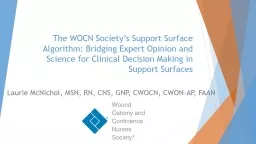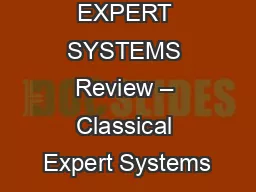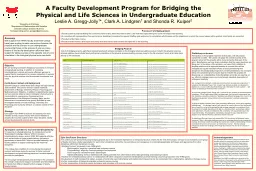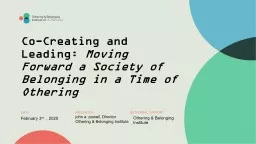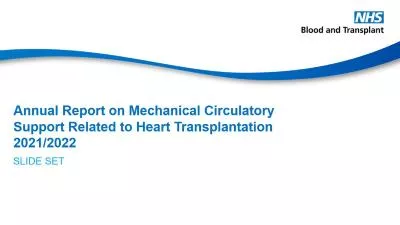PPT-The WOCN Society’s Support Surface Algorithm: Bridging Expert Opinion and Science for
Author : laxreffa | Published Date : 2020-08-27
Laurie McNichol MSN RN CNS GNP CWOCN CWONAP FAAN Objective At the conclusion of this presentation participants will be able to Demonstrate increased awareness and
Presentation Embed Code
Download Presentation
Download Presentation The PPT/PDF document "The WOCN Society’s Support Surface Alg..." is the property of its rightful owner. Permission is granted to download and print the materials on this website for personal, non-commercial use only, and to display it on your personal computer provided you do not modify the materials and that you retain all copyright notices contained in the materials. By downloading content from our website, you accept the terms of this agreement.
The WOCN Society’s Support Surface Algorithm: Bridging Expert Opinion and Science for: Transcript
Download Rules Of Document
"The WOCN Society’s Support Surface Algorithm: Bridging Expert Opinion and Science for"The content belongs to its owner. You may download and print it for personal use, without modification, and keep all copyright notices. By downloading, you agree to these terms.
Related Documents

